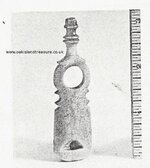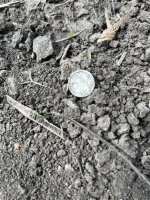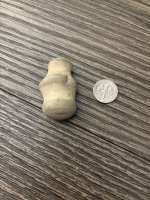Smithbrown
Bronze Member
- May 22, 2006
- 1,004
- 840
Rowanns, I am not sure what you mean by saying that nothing was done to the Order of the Templars in Scotland. They were tried in 1309 and most of their lands were handed over to the Knights Hospitaller.





